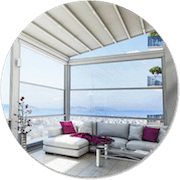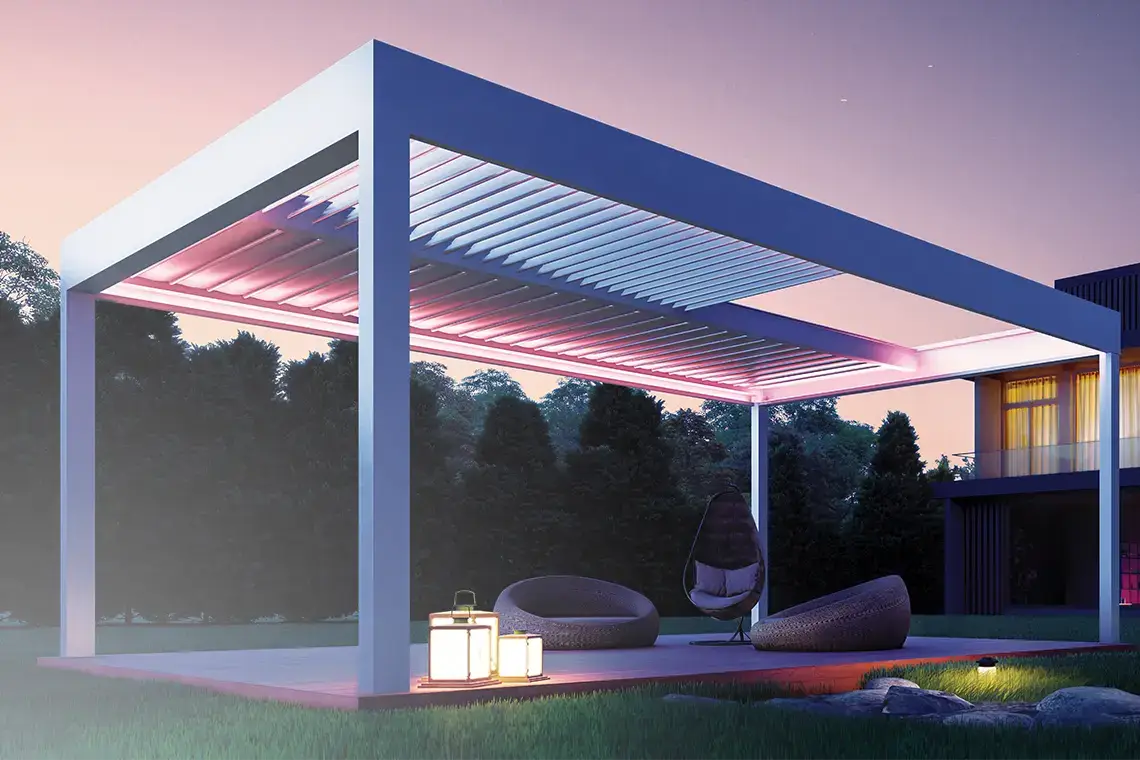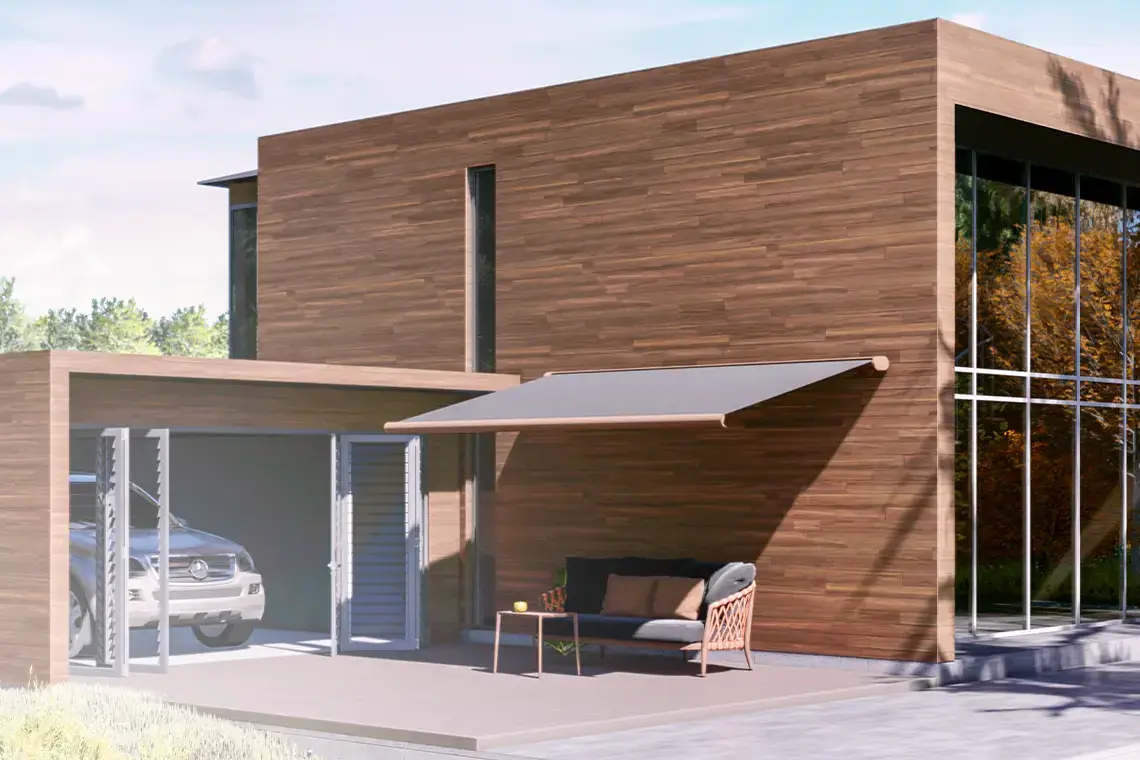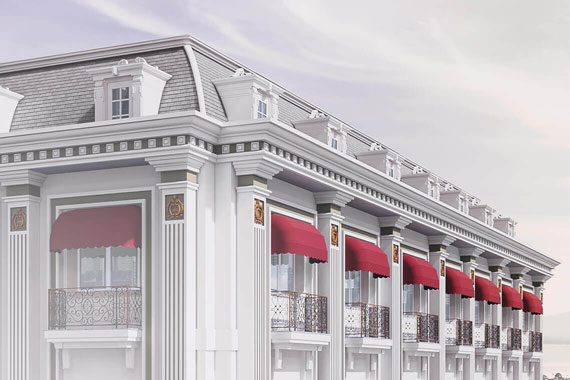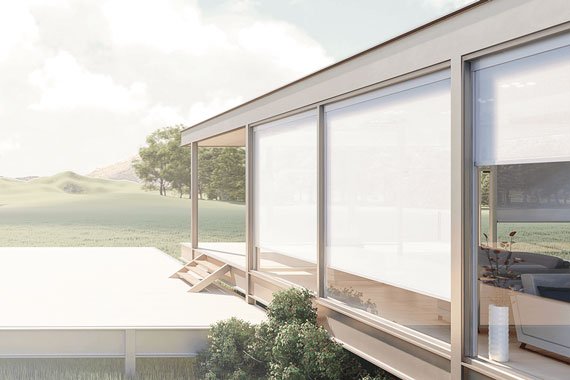How to Modernize Your Balcony and Terrace with Articulated Awnings?
Outdoor spaces are no longer just for the summer months. Balconies, terraces and exteriors need to be equipped with four-season comfort, aesthetic and functional solutions. At this point, articulated awning systems offer both visual elegance and a practical shading solution. In this article, we explain step by step what an articulated awning is, why it should be preferred and how to modernize areas such as balconies/terraces with this system.
What is Articulated Awning?
The articulated awning is a wall-mounted awning system designed to open outwards and fold. Two “hinges” (articulated arms) allow the awning to open forward and retract.
Thanks to its compact structure, it does not take up space and offers visual simplicity.
Key Features:
- Manual or motorized start
- Different size and color options
- Acrylic
- Infrastructure suitable for LED lighting and sensor integration
Reasons to Prefer Articulated Awnings
The articulated awning is not just a canopy; it is also a modern architectural element that adds style and value to your balcony or terrace.
The advantages are:
- Easy Operation: On/off with remote control or quick control with manual lever
- Sun and UV Protection: Fabrics are UV filtered and provide effective protection from the sun
- Space Gain: When opened, it creates a large shadow area, when closed, the aesthetics of the facade is not disturbed
- Durability: Long-lasting use with aluminum body and waterproof fabric options
- Motorized and Sensor Systems: Safe use with wind and rain sensors
Design Ideas for Balconies and Terraces
Balconies and terraces are special areas where the house meets the open air. Evaluating these areas both aesthetically and functionally increases the quality of life. Especially color and fabric preferences compatible with the facade offer a holistic appearance, while comfortable solutions can be produced against seasonal conditions thanks to the awning systems used. While natural tones provide a warm atmosphere on wooden facades, modern tones such as gray and black create a more sophisticated atmosphere.
Considering the intended use of these areas, the correct slope and awning angle should be determined. Especially in windy or rain-prone areas, sloping awning structures can be preferred to provide both shading and water drainage. Supported with LED lighting and decorative accessories, these areas can turn into functional living spaces that can be enjoyed not only during the day but also at night.
1. Color and Fabric Matching
The choice of color in harmony with the facade can completely change the overall mood of the balcony.
Natural tones → wooden facades
Gray & black tones → modern building surfaces.
2. Space Utilization and Slope Adjustment
Awning arm length and opening slope determine the shade length. If your terrace is windy, rain drainage can also be provided by choosing a more inclined angle.
3. Increasing Comfort with Accessories
- LED spotlights: Adds elegance to nighttime use
Value Adding Applications with Articulated Awning
Site balconies: Privacy and shading in one
Cafe/Restaurant entrances: Expands customer space and creates a stylish welcome environment
Terrace seating areas: Protection from direct sunlight while enjoying the sunset
In summer houses: Aesthetic appearance remains intact even when the awning is closed



